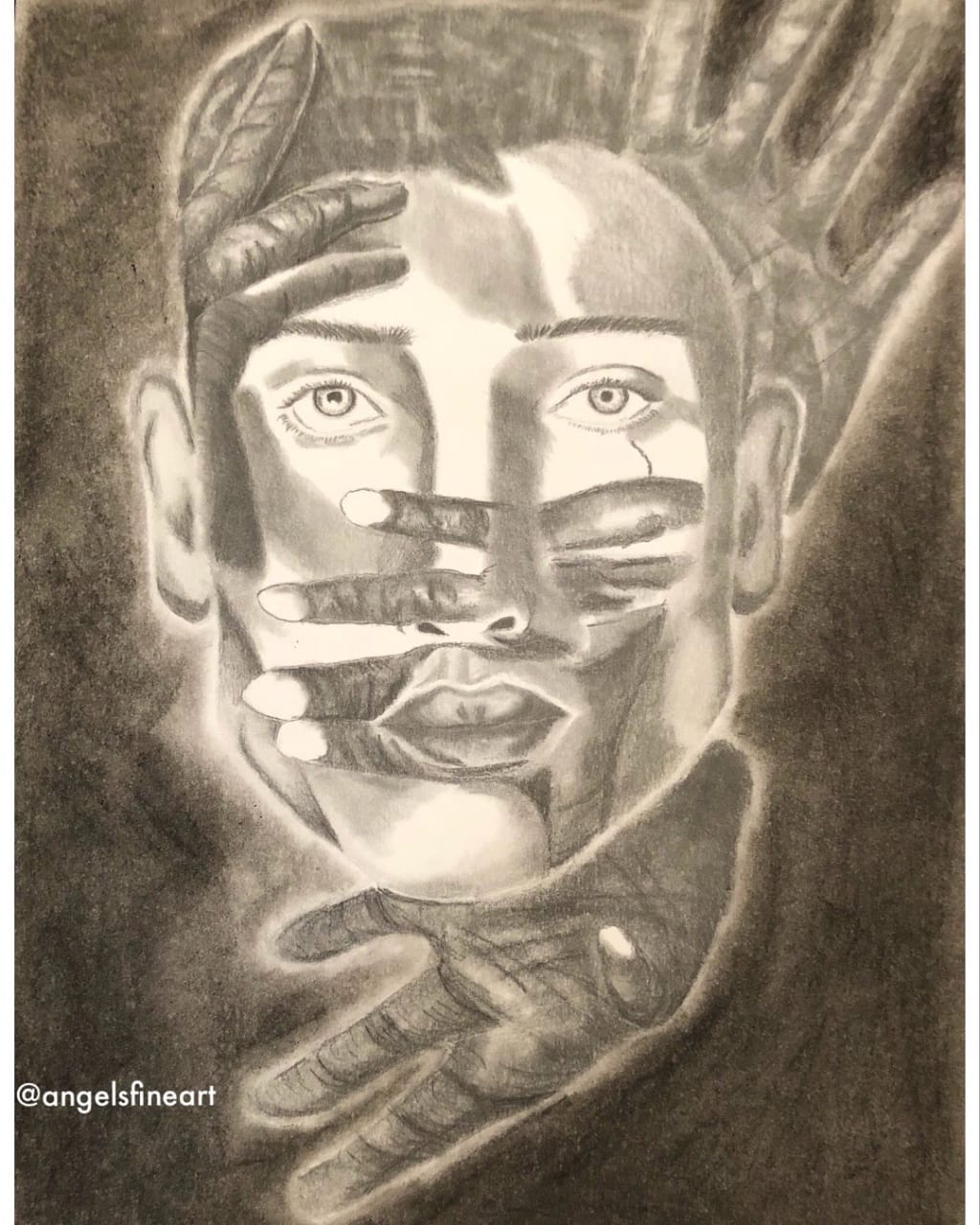
You wake up and go about your day as usual. You eat breakfast, prepare and go to school, then work, then go home, eat, shower, sleep, rinse and repeat. Throughout the day you remember that dream you had of becoming an artist, a writer, a singer, a poet, and how you left it tucked behind the corner of your mind. Just imagine the possibility of writing an award-winning novel. Imagine the triumphant feeling of selling your art and making a living from it. You poured your heart and soul into each poem and crafted each verse with precision and flow. Your voice touches the soul of everyone around you and everyone stops to give you an applause as you sing. What would you do if you knew this was possible? Would you accept every failure, knowing that you will make it? Will you accept the loneliness that comes with pursuing your dreams? Are you willing to leave friendships and relationships that do not help you grow, behind? I have started to do this, and it is just beautiful the results I have cultivated for believing in myself.
I have overcome limits imposed by societal expectations. I have connected with people and learned so much more, than staying in the confines of traditional education. If I stayed in my comfort zone, I would continue to lose. I would not be going anywhere with a victim mentality. I can change my life and my future, just making a decision. Even if it draws me out of my comfort zone, the fear is worth it. The reward will be much greater! My goal is to make my dreams a reality, what is yours?
One of my goals this year was to create a Mental Health Collection... and I did it! I completed a total of 10 drawings that each describe a mental illness. Now the work is on exhibition at a local gallery along with the work of fellow talented artists. I cannot wait to discuss with the community about each mental illness I chose to draw. I forced myself to do research, prepare plenty of sketches, and prepare diligently to produce each drawing. Some drawings were detailed, and others were more interpretive. This is where surrealism came in.
I consider myself a surrealist artist. I love to challenge reality and mix reality with the surreal. When I thought about creating the Mental Health Collection, I wondered how could I create a drawing depicting schizophrenia, PTSD, anxiety, OCD, agoraphobia? These are a few I mention that are currently in my Mental Health Collection. With surrealism, I can interpret each mental illness with more freedom. I can combine the perspective of someone experiencing the mental illness with medical research to portray the mental illness. Yes, I had a lot of work to do, and also a deadline. I wanted to have this collection on exhibition near the end of this year.
First, I started with researching each mental illness I wanted to include in the collection. Online I was able to find reliable sources that provided information on each mental illness. With these resources, such as the National Institute of Mental Health, I was able to educate myself more on mental illnesses. Did you know that OCD is not really about being a "neat freak"? A person might have this as one of their triggers, but there are many people who have OCD affecting other areas of their lives. Stereotypes like these have to be overcome with research and education. When we educate ourselves, we can see mental illnesses for what they truly are and overcome the stigma surrounding it.
Next, I developed a page full of sketches. I would divide the paper by drawing sections. Each section would represent its own idea and composition. Each mental illness I drew, has at least 8 compositional sketches. Why did I go through all the trouble to prepare these sketches? If I wanted to show a drawing that is strong, full of emotion, and dark yet beautiful, I had to prepare these sketches and think creatively. In the end, these sketches helped me visualize how I wanted to draw each mental illness and how I can creatively present them to the viewer.
Finally, the actual drawing process would take place. I chose a composition and then proceeded to draw the mental illness. For the Mental Health Collection, I preferred to use dry mediums. I used charcoal, graphite, and a bit of pastel to draw this collection. I know that mental illness can be a dark topic to talk about for many people. That is why I chose this medium because it would lack color. However, I wanted to make sure that it was beautiful and almost poetic. Mental illness does not have to be all ugly and dark, solitary, and scary. With my drawings, I seek to show the beauty in the darkness and educate people at the same time.
In the end, I am proud of challenging myself. I have grown so much during this process. My time management skills were stressed and strengthened, and my work ethic has improved. I plan on creating a new Mental Health Collection each year. Why? I know, that if I set my mind to it, I can accomplish my goals, and change the world around me in a positive way! One drawing at a time.
A Drawing from My First Mental Health Collection

"Anxiety"—graphite and charcoal, one of my drawings from my Mental Health Collection. Let's talk more about mental health and illnesses.






Comments
There are no comments for this story
Be the first to respond and start the conversation.